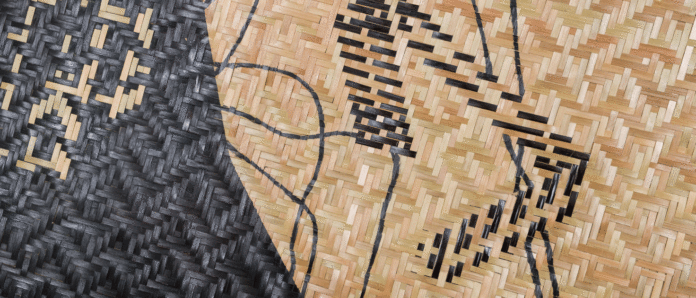Social fabrics: On the rise of textile and woven art
Artists from around the world and across generations are engaging new and traditional techniques to illuminate the craft’s community roots
By Jareh Das
According to art historian and textile artist Ferren Gipson, there has been a noticeable shift in the conversation surrounding textile-based art in recent years. ‘The fact that there have been multiple major international exhibitions featuring textile art, and that Cecilia Vicuña received a Golden Lion at the 2022 Venice Biennale, is a clear indication of the growing embrace of mediums historically otherized in the art world,’ Gipson says. ‘It is now the responsibility of institutions to take decisive action and champion these works by adding them to their permanent collections in a thoughtful and meaningful way,’ she adds.
At Art Basel Hong Kong in 2024, galleries are echoing Gipson’s call by illuminating the growing importance of textiles and weaving practices in contemporary art by presenting artists from across generations and geographies, who utilize techniques such as felting, knotting, weaving, and dyeing to create unique and diverse artworks. Renowned artists showing at the fair, such as Kyungah Ham (Kukje Gallery), Aluaiy Kaumakan (Liang Gallery), Sheila Hicks (Alison Jacques), and El Anatsui (Axel Vervoordt Gallery), have gained recognition in recent years for their abilities to push the boundaries of textile and woven art by creating three-dimensional, tactile, and monumental installations.
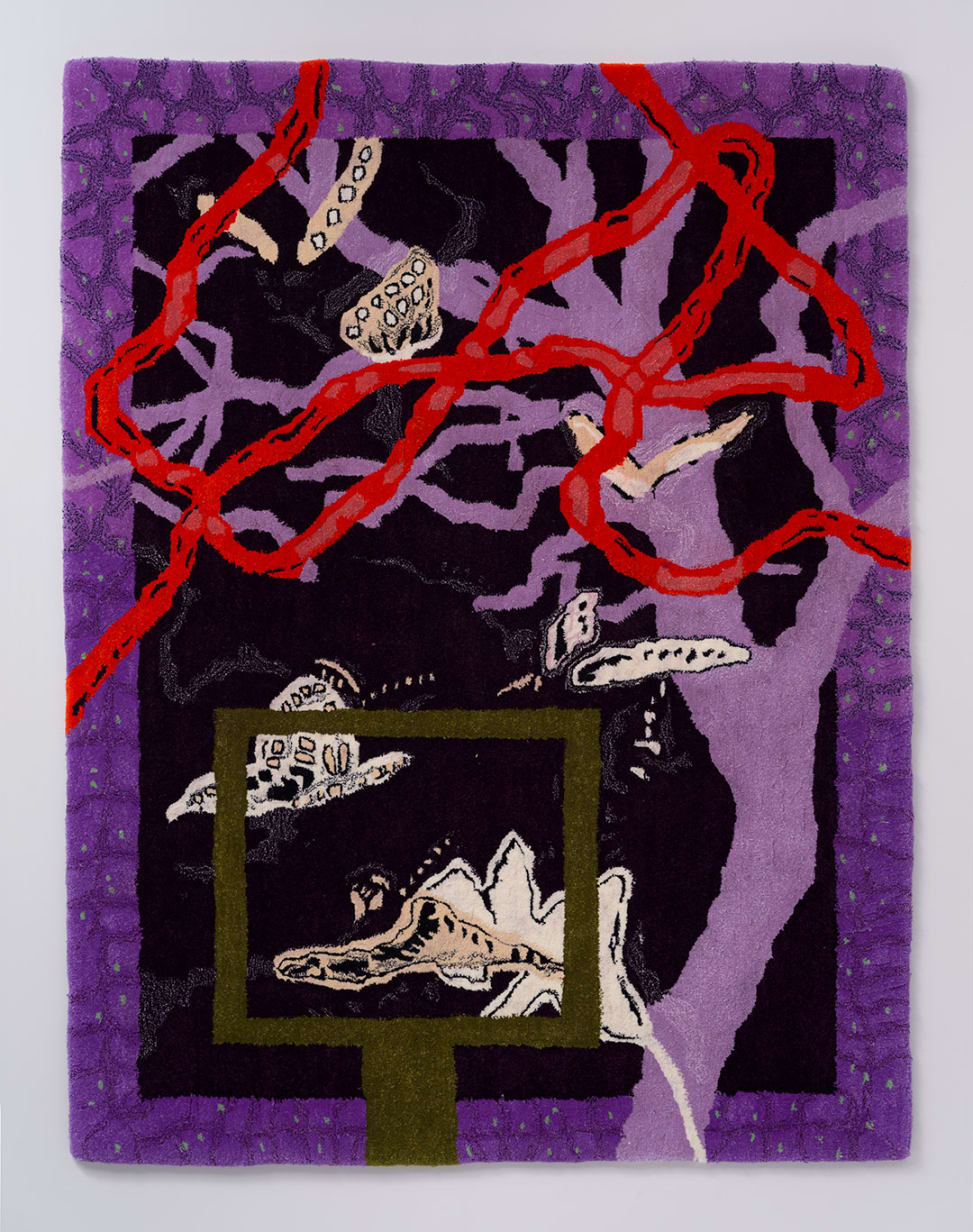
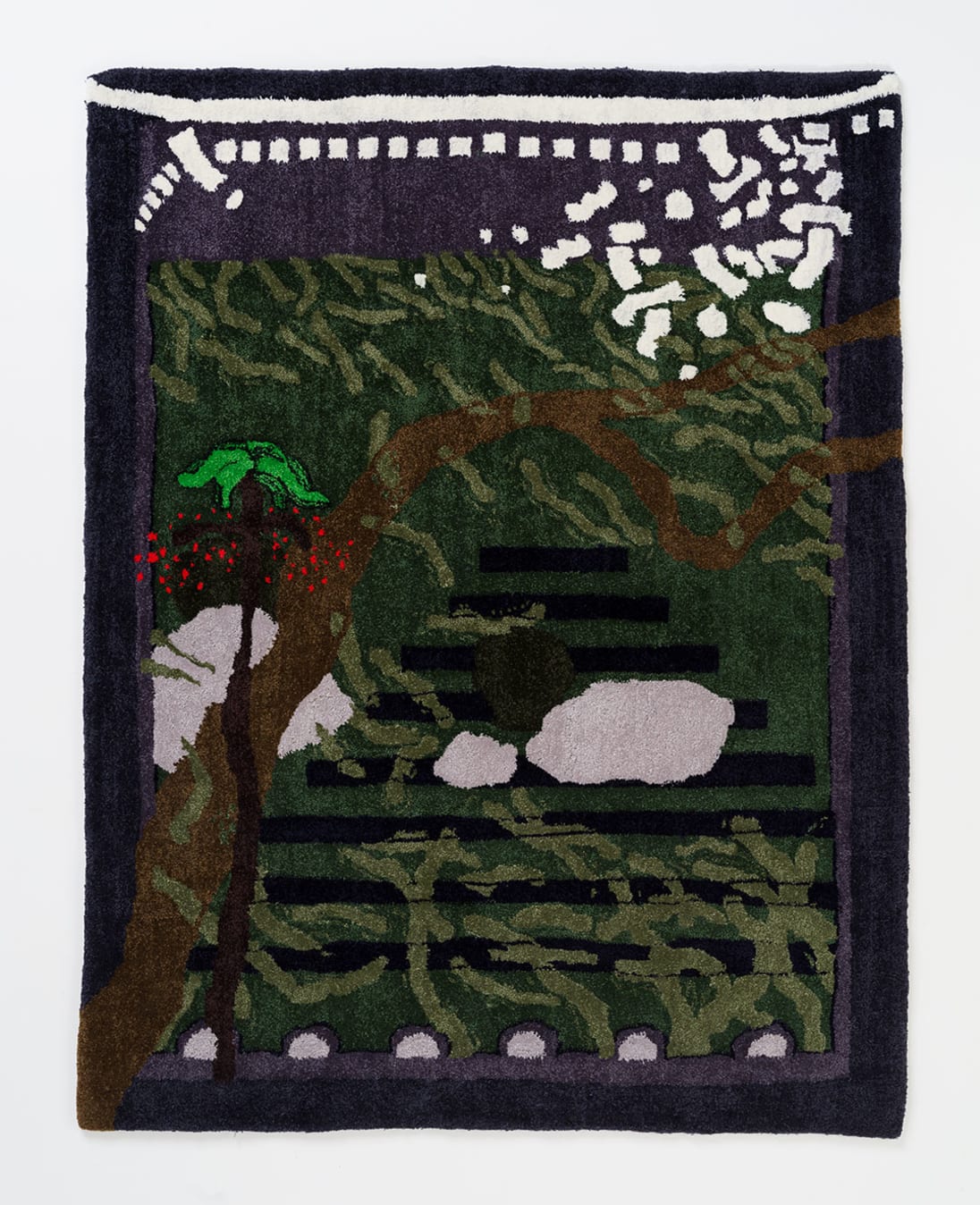
Younger artists like Klára Hosnedlová (Kraupa-Tuskany Zeidler) and Sivan Zeffertt (SMAC Gallery) are continuing the tradition by turning to their Eastern European and South African roots respectively to reimagine textile and woven art in imaginative new ways. Yoko Daihara’s colorful map-like works highlight the overlaps between digital and analog technologies by converting digital images into textiles made from wool that resemble paintings. Presented by Take Ninagawa, these intricate and colorful abstract landscapes draw on references from the artist’s life, including video games, plants, her studio, and her imagination. While Vivian Caccuri showing with Hua International creates tapestries of dancing figures based on people who have attended parties in the artist’s studio, which are often accompanied with sound installations that comment on sound’s ability to break down social barriers between individuals. Made using a combination of acrylic, resin, mosquito netting, and cotton, Chahal Colosso (2023) and Chahal Altar (2023) depict clothed and unclothed figures surrounded by a border of embroidered subwoofers and speakers.
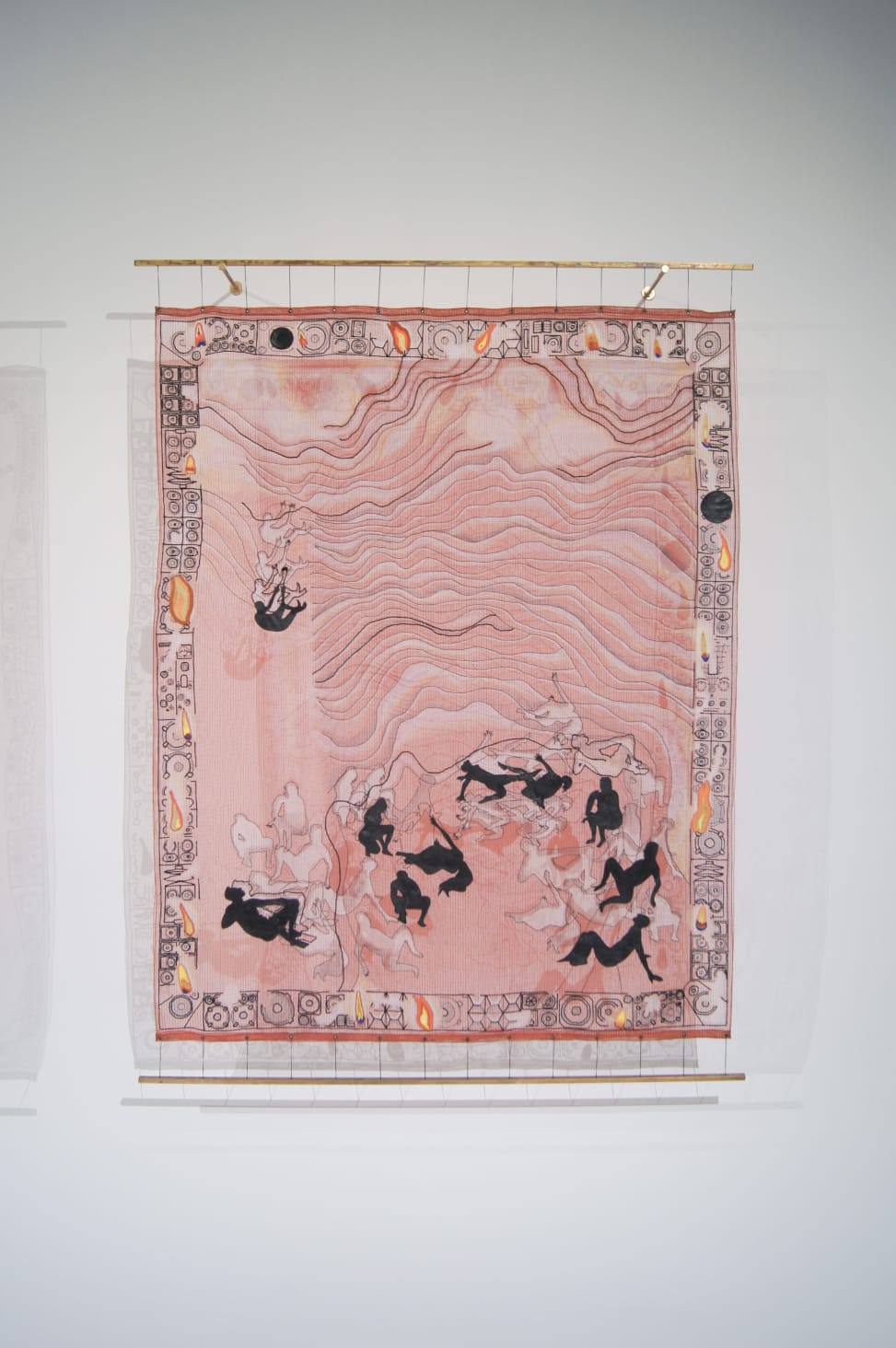

Showing for the first time in Asia with Lehmann Maupin are Billie Zangewa’s silk collages illustrating daily life in South Africa from a perspective that challenges the stereotyping, exploitation, and objectification of Black women in domestic spaces. Each work is made from hand-stitched strips of raw silk that are embroidered into scenes of family life, such as the artist walking with her child, lying in bed alone or with her partner, or at gatherings with family and friends. Zangewa has said that her focus on such scenes stems from her interest in ‘unsung heroines’ operating within the domestic front. At the same time, working in embroidery expands the possibilities for textiles as a painterly language and dispels its relegation as women’s work or domestic craft.
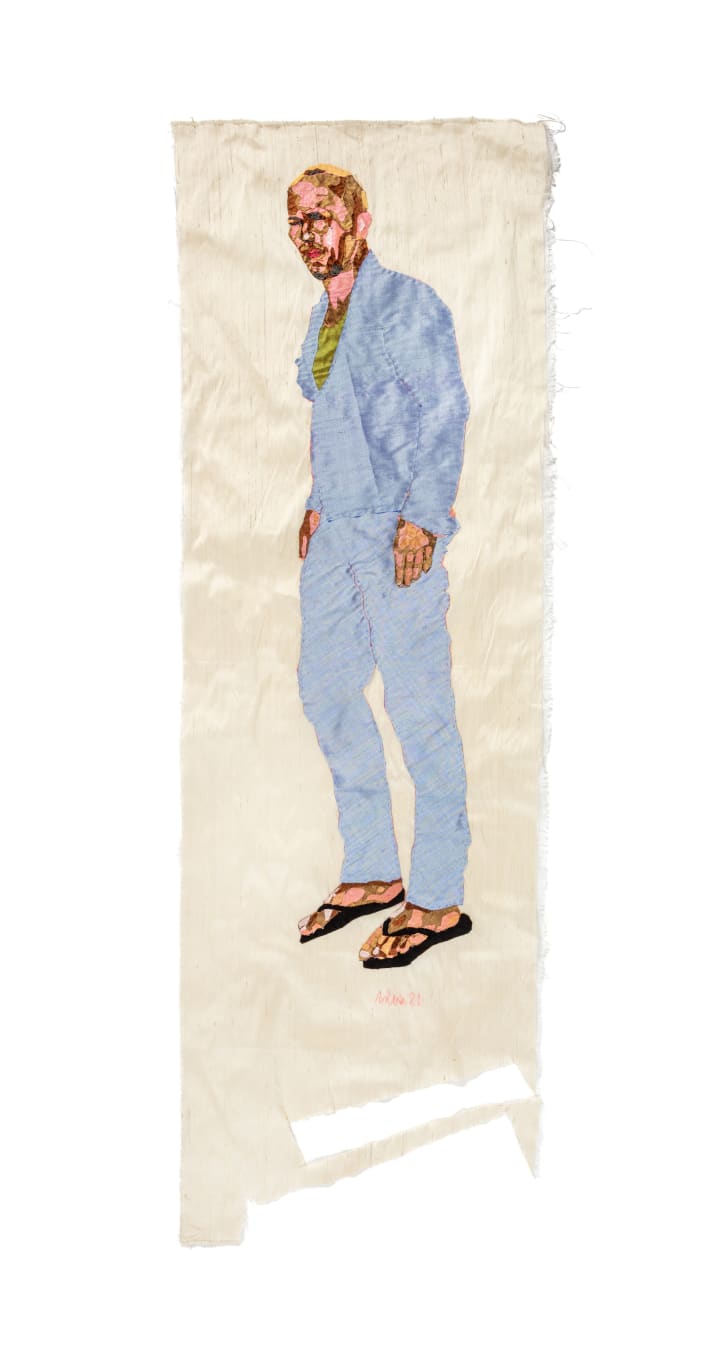

Presented by Rossi & Rossi, new carpet works by Tsherin Sherpa, who represented Nepal in its debut at the Venice Biennale in 2022, likewise seek to open up textile traditions to contemporary ideas and approaches, in order to resist the relegation of skilled craftsmanship to the periphery or the past. Entangled Threads, 2024, continues an ongoing collaboration between the artist and Mt. Refuge, a Nepalese design studio founded by Jigme Wangchuk Lama, a third-generation rug maker who brings contemporary artists together with craftspeople with an intergenerational knowledge of Himalayan art and heritage.
‘My interest in collaborating with Mt. Refuge for the carpets was to revisit the very idea of Himalayan carpets as a rich art form rather than a commercial craft product,’ Sherpa explains. ‘I wanted to put a spotlight on the roots of this art form, which are enmeshed in the daily life of the community here. Hence, I wanted to collaborate with a studio that is socially conscious about the well-being and sustenance of artisans involved in all stages of rug making. I feel that is the only way to push forward the carpet community and sustain the next generation of innovative artisans.’ Sherpa sees potential and possibility in this bridging of traditional and contemporary artistic practices. ‘I think that revisiting tradition through a contemporary lens allows the modern audience to enter into a dialogue with the community and allows us to bridge local concerns with the broader world.’
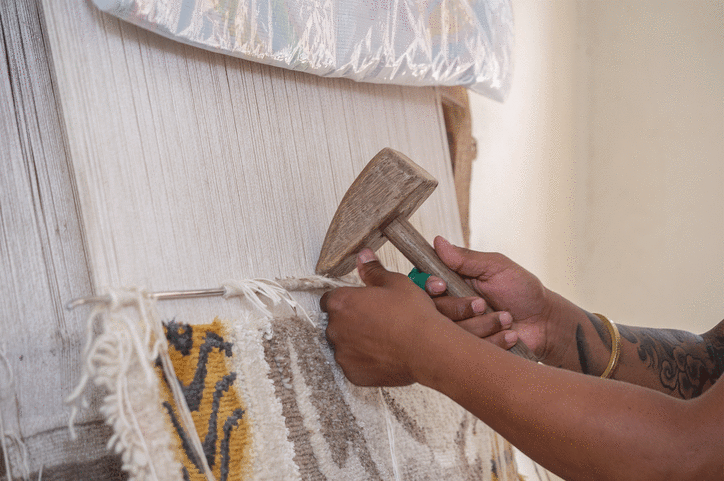
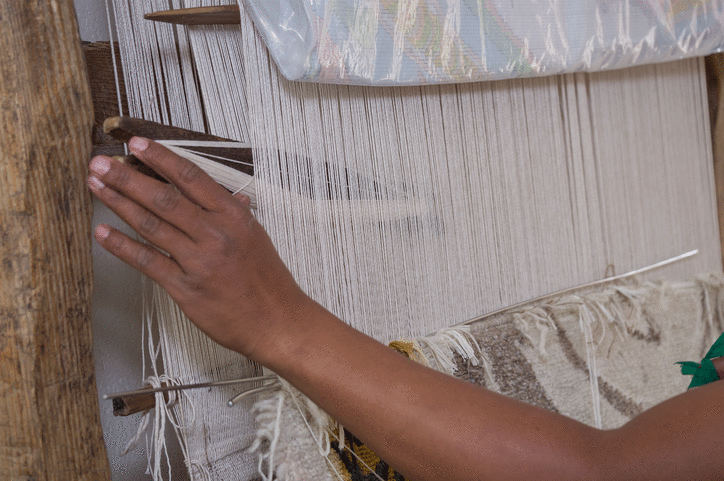
Yee I-Lann, showing with Silverlens, is another artist working collaboratively with communities of weavers. Yee, who will join artists Qualeasha Wood and Yuki Kihara to discuss weaving as an art form as part of Art Basel Hong Kong’s Conversations program, works with weavers from the nomadic Sama-Bajau communities of the Philippines, Malaysia, Indonesia, and Brunei, as well as the inland-based Dusun and Murut weavers of Keninga, to create tikar (woven mats). The tikar feature a variety of motifs that explore stories, visual languages, philosophies, economies, geographies, and art histories related to the South Asian context. The striking colorful mats also serve as a form of social architecture; they are flat and modular and bring people together to collectively weave them, demonstrating the power of community, storytelling, and ritual.
Textiles and woven art have increasingly been utilized as a subversive medium by artists to demonstrate ancestral knowledge, Indigenous skills, and collaborative, matrilineal, activist, and communal ways of making in the contemporary art world. The Gee’s Bend quiltmakers, for example, who were shown at the Royal Academy in London in 2023, are celebrated for their experimental quilts that have been passed down through generations – from grandmothers to mothers to daughters. That sense of transmission comes through in the works of artists from across the world who are amplifying textile and woven art as a potent form of expression rooted in communal life.
Credits and Captions
Kyungah Ham is represented by Kukje Gallery (Seoul, Busan) and carlier gebauer (Berlin, Madrid).
Aluaiy Kaumakan is represented by Liang Gallery (Taipei).
Sheila Hicks is represented by Alison Jacques (London), Galerie nächst St. Stephan Rosemarie Schwarzwälder (Vienna), Meyer Riegger (Berlin, Karlsruhe), Francesca Minini (Milan), galerie frank elbaz (Paris), Sikkema Jenkins & Co. (New York) and Galleria Massimo Minini (Brescia).
El Anatsui is represented by Axel Vervoordt Gallery (Antwerp, Hong Kong), Goodman Gallery (Johannesburg, Cape Town, London), Mnuchin Gallery (New York), Kewenig (Berlin, Palma de Mallorca) and Jack Shainman Gallery (New York).
Klára Hosnedlová is represented by Kraupa-Tuskany Zeidler (Berlin), White Cube (London, Hong Kong, New York, Seoul) and hunt kastner (Prague).
Sivan Zeffertt is represented by Smac Art Gallery (Cape Town, Johannesburg, Stellenbosch). Yoko Daihara is represented by Take Ninagawa (Tokyo).
Vivian Caccuri is represented by Hua International (Berlin, Beijing), A Gentil Carioca (Rio de Janeiro, São Paulo) and Millan (São Paulo).
Billie Zangewa is represented by Lehmann Maupin (New York, London).
Tsherin Sherpa is represented by Rossi & Rossi (Honk Kong).
Yee I-Lann is represented by Silverlens (Manila, New York) and Tyler Rollins Fine Art (New York).
Qualeasha Wood is represented by Pippy Houldsworth Gallery (London).
Yuki Kihara is represented by Milford Galleries Dunedin (Dunedin).
All artists, except for Yuki Kihara, will be on view at Art Basel Hong Kong 2024. Works by Kihara will be presented at Centre for Heritage Arts & Textile (CHAT) in Hong Kong as part of the group show, Factory of Tomorrow (16 March–14 July, 2024).
Jareh Das is an independent curator, writer, researcher, and occasional florist based between West Africa and the UK.
Caption for the full-bleed image: Yee I-Lann, Untitled (detail), 2024. Courtesy of the artist and Silverlens.


